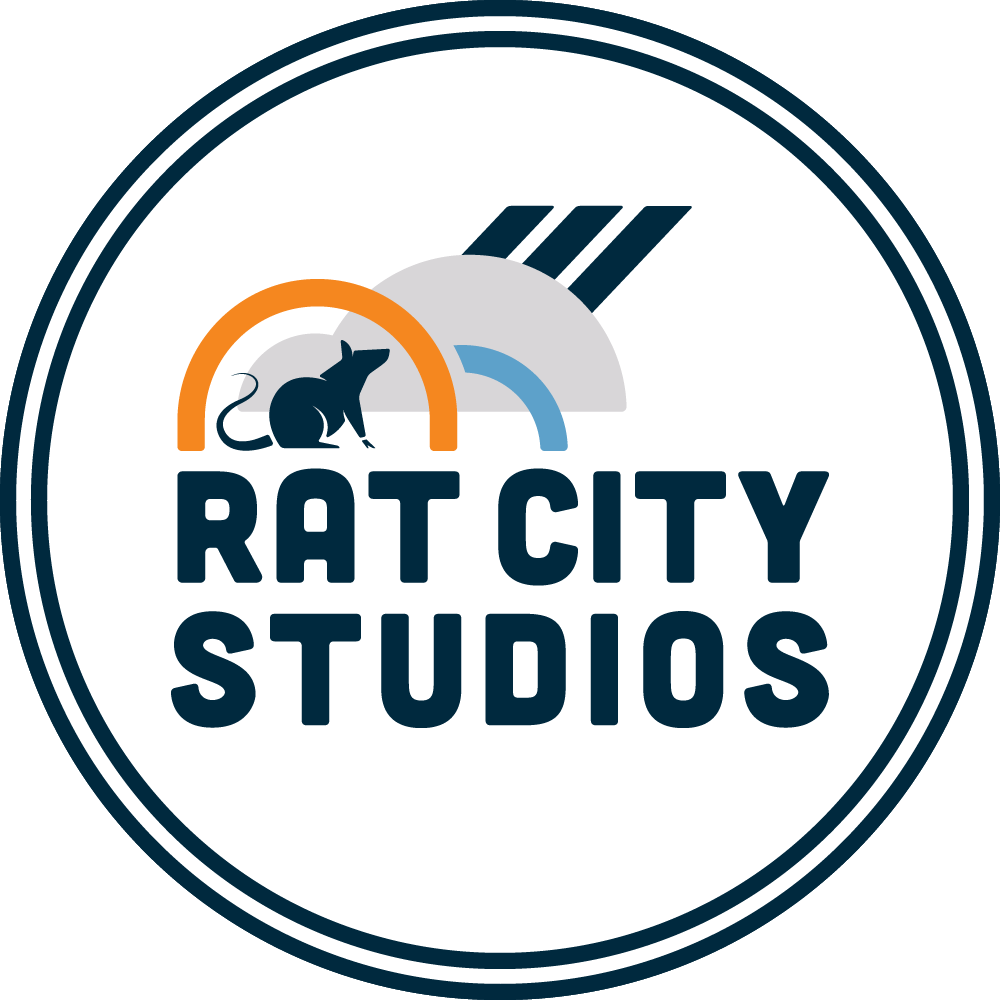info for Soda-Firing at RCS
interested in soda-firing? Add your info below.
Be emailed info about soda firing participation!
Soda Kiln Firing at RCS
At long last the Soda Kiln is finished on 5/5/2022 after two years of building the shed, getting paused by covid, and waiting for materials over and over. This was all accomplished with the helping hands of some really special people. View the photo album of the build and see how it all came together.
At the bottom of the page is a list you may add yourself to for soda firing information. And we have information about our workshops and soda firing service on our website as well. (Learn More)
About The Kiln:
Jar by deb Schwartzkopf from the RCS Kiln
Dakota Red Slip on Whitestone
The kiln at RCS is constructed with high-temperature hard bricks on the interior and soft brick on the exterior. It is fired with natural gas with two forced air power burners and pilots. It is a downdraft, sprung arch kiln. The interior dimensions are 40” x 40” x 51” tall. All the brick is held in place with a welded steel frame. The last firing held 290 pots with 17 participants.
About the Firing Process:
Soda Fired Pitcher
by Julia Galloway
The kiln is heated over an entire day (around 12 hours) and when it reaches peak temperature at cone six, we will spray a water-soda solution into the interior of the kiln. A weed sprayer is used and the solution is introduced into the 8 small side ports in the walls of the kiln. When the soda enters the heat of the kiln, it volatilizes and turns into a vapor that flashes and melts onto the surfaces of the pottery or sculpture (both glaze or bare clay) in the kiln. The soda interacts with the surface, beautiful color ombres can develop. Above is a body of work that Deb Schwartzkopf made using a similar process.
The way the soda moves through the kiln can be directed to some degree by where/ how the soda is introduced to the kiln, how the kiln is stacked, and the amount of soda that is introduced into the kiln. We will add 3 pounds of soda to the kiln, which will be mixed with about 1 gallon of water.
We will be firing to Cone 6. We have been reducing during and after soda introduction with wonderful results.
Rat City Studios has a range of glazes and slips to use on your bisqueware when you come to glaze. These recipes are from friends or from my past days of soda firing. We will also have two flashing slips. Julia Galloway (pictured to the left) has a wonderful website with information about soda firing. She also has a collection of mid-range glazes to browse. The first firing will definitely be an experiment!
And here is a part of Mid Range Glazes by John Britt! This is a must-have book to add to your collection.
This chapter is just on soda-fire glazes. ( View Now )
Words related to Soda Firing:
Soda solution being sprayed into the kiln
Flashing Slip: refers to changes in the color, pattern, and texture of pottery. We add a flashing slip as one layer of the surface to have a neutral to orange to tan skin-like surface on our pottery. Flashing slips are often applied to greenware. Some recipes can be applied to bisque ware. Be very careful that they are then in their application or they can peel off. (See images above)
Candling: refers to the slow heat-up of a kiln, often overnight with just one burner.
Pyrometric Cones:
Soda Ash: Soda ash is another name for sodium carbonate(Na2CO3). This fine granular material is made into a solution and sprayed into the kiln at peak temperature (cone 5/6). It creates a glaze on the bare clay and fluxes glazed work in interesting ways.
Wadding: We add small balls of wadding (50/50 EPK and Alumina Hydrate) to the bottom of the pots to prevent them from being glazed into the kiln shelves. This is necessary for all soda firings.
Here is a great blog post all about wadding and refractory coatings by Bill Amsterlaw
Wadding wadds to a small lidded jar
glueing wadds on a small tray
Wadds in place in the kiln









